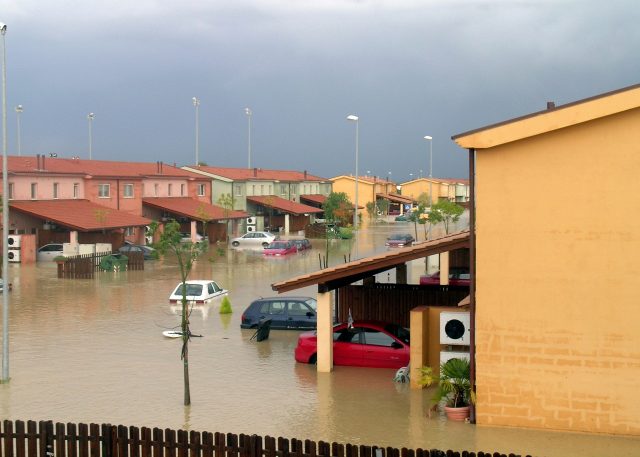
Experts have become increasingly concerned over the past 15 years
Italy is experiencing an increasingly evident and worrying climate transformation. According to the “2025 Climate Index” – developed by Sole 24 Ore based on data from 3B Meteo – the changes recorded over the past 15 years in the 107 Italian capitals are a sign of a now consolidated trend: the intensification of extreme climate phenomena, a constant increase in temperatures and a radical alteration of the seasonal cycle.
Temperatures on the rise and tropical nights on the rise
One of the most significant aspects highlighted by the study concerns the marked increase in temperatures, particularly in the cities of Northern Italy, where the daily average has increased by 2.4 °C compared to 2010. This surge also corresponds to a strong increase in the so-called “tropical nights”, in which the minimum temperature does not fall below 20 °C: today almost 80 are recorded per year, compared to 44 fifteen years ago. 2024 turned out to be the hottest year ever recorded since the pre-industrial era, culminating in a historic heat wave between 8 and 15 August, which particularly affected the Po Valley and the central regions, with peaks above 35 °C. Heat waves, defined as periods of at least three consecutive days with temperatures above 30 °C, went from 9 in 2010 to 17 in 2024 in the North alone, for a total of over 52 days of extreme heat.
Extreme heat also in Central and Southern Italy
Central and Southern Italy are not exempt either. Over the past 15 years, the average number of heat waves per year has increased from 13 to 20. Peaks of extreme heat – days when temperatures exceed 35 °C – have increased significantly: in the South, they have gone from 6.4 to 17.6 episodes per year, while in the Centre, they have gone from 6.8 to 19.3. What was once a rare phenomenon in the North has now become frequent, with over 11 episodes of extreme heat per year compared to less than 2 in 2010.
Increasingly milder winters and persistent anticyclones
Another obvious effect of climate change in Italy is the softening of winters. Cold days, with maximum temperatures below 3 °C, have decreased dramatically: in the North, the average number of days per year has dropped from 28 in 2010 to just 5 in 2024. In fact, in the last two winters, the Po Valley has not recorded any snowfall. The greater frequency of anticyclonic periods further contributes to an anomalous climate situation. These periods, characterized by the absence of rain, wind and fog, cause air stagnation and a greater persistence of pollutants. Today, there are an average of over 70 consecutive days of “still air” in the Italian capitals: 92 in the North, 70 in the Centre and 50 in the South.
Heavier rainfall and frequent floods
Despite a drop in precipitation in terms of rainy days, their intensity is increasing. It rains less often, but when it does, the episodes are violent and concentrated in a few hours, with devastating consequences. Flood events are therefore becoming more and more frequent. Among the most recent and significant cases are the floods in Emilia-Romagna on 17-19 September 2024, with over 360 mm of rain, of which 285 fell in just 24 hours, and that of 19-20 October, where in six hours a quantity of water equal to two thirds of the average monthly rainfall fell. At the end of October, Val di Cecina was also hit by torrential rains of over 100 mm in just a few hours. The event of 13 November in Giarre, Sicily, where over 500 mm of rain fell in just 12 hours, was striking.
The urgency of adaptation
These data outline an alarming picture for Italy. The frequency and intensity of extreme phenomena are profoundly changing the country’s climate geography, imposing the need for increasingly incisive adaptation and mitigation strategies. From the adaptation of urban infrastructures to the protection of the territory and the management of water resources, institutions are called to respond to an emergency that is no longer just environmental, but also social and economic. The changing climate is no longer a distant hypothesis: it is the new reality that Italy – and the entire world – must deal with.



 Subscribe
Subscribe